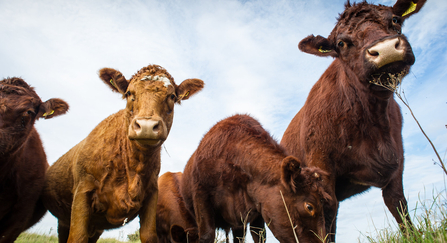These gilled creatures were in fact a species of newt. There are three newt species that are native to the UK: the smooth newt (Lissotriton vulgaris), the great crested newt (Triturus cristatus) and the palmate newt (Lissotriton helveticus).
The palmate newt is the smallest species, growing to around 8cm in length. On the other hand, the great crested newt is the largest of the three newt species - reaching up to 16cm in length. Whilst both the smooth and palmate newt are similar in appearance, the dark warty skin of the great crested newt makes it easily identifiable.





